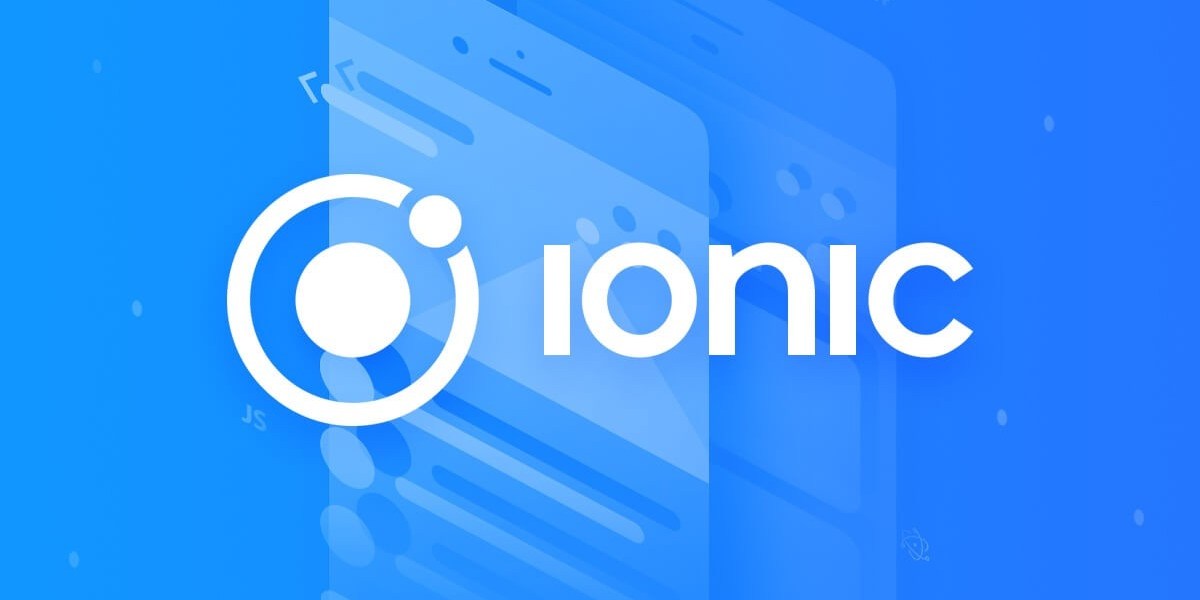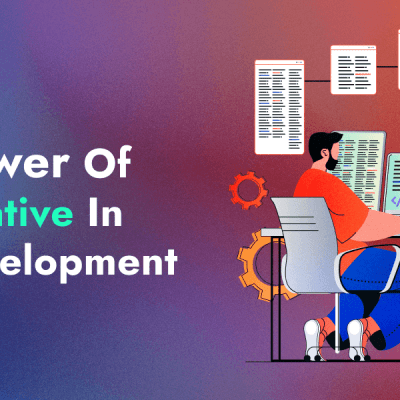[vc_row][vc_column][vc_column_text]
Ionic is by far one of the best frameworks available for developing hybrid apps. There are basically three elements the first is SaaS-based UI framework, second is Angular framework, and the third one is a compiler. The framework is so popular and adapted by plenty of developers because it has some really astonishing functional CSS components.
With the amendment in the ionic with the release of the fourth version, the framework is about to get more popular and loved by developers even more. The new features basically revolve around performance, build time improvements, multi-framework compatibility, powerful theming abilities, and new documentation. Well, the newer update is not only making the migration easy but also providing the tool through which it can be done easily and smoothly.
The basic agenda of improvising this ionic framework is to build PWA (progressive web apps) which have the glittering features of native apps. The enhancement in the ionic brings some amazing tools, technologies, and concepts which allows the ionic components to be used with Vue, React, Angular, or even with no framework at all. Let’s explore what are these amendments actually.
[/vc_column_text][blog_single_title_with_content quote_image=”53″ blg_lft_title=”New Features Introduced in Ionic 4″]
1) Web Components
One of the nicest changes that ionic has brought is that they moved to we component for every single component. Web component is basically a set of web platforms APIs. This will allow the developer to build a new customized and reusable HTML tags for using it in web apps and web pages. Web components will forward more work to the browsers without the need to write plenty of code, making a significant improvement in the startup and loading times, and highly essential for building high performing web apps. It is based on four core elements: Custom elements, HTML imports, HTML Template, and Shadow DOM.
[/blog_single_title_with_content][blog_single_full_content]2) Capacitor
It’s a cross-platform API and a code extension layer which eases up to call the native SDKs from that of the web code and write the custom native plugins which your app is in the need of. It also entails PWA support to enable the developer to write one app and launch it to the app stores.

3) Stencil
It’s a new web component compiler developed by the ionic team to build the standards which are compliant with the web servers. It also makes use of the additional API like Virtual DOM, TypeScript, JSX, and async which are best suited for PWA.
4) ion-Backdrop
These are basically the full-screen components which overlay other components. They are placed on the top of other contents so that it can dismiss the other component.
5) ion-Picker
It is used to display a row of buttons and columns on the top of applications content and also at the bottom most part of the viewport.
6) ion-Ripple Effect
This effect adds basically adds Material design ripple interaction effect. It is built in order for it to be noninvasive, efficient, and can be used without adding any kind of extra DOM to the elements. It works without having to degrade JavaScript for easier implementation of CSS only.
7) ion-Route
It will pick up a component and will render it browser URL gets matched with URL property.
8) ion-Searchbar
It consists of a text field which is used to search from a big collection. The team of ionic has added 9 bar styles. Out of all, v4 looks the best.
9) Color Changes
The default color has been changed by the team and some new default color is added.
10) ion-select Popover
It is basically a dialogue which appears on the top of the current page and it is basically used for overflow actions which don’t fit properly in the navigation bar.
11) Ionicons 4.0
These are the icons designed specifically for using it in the Android, iOS, web, and desktop apps. Web font and support for SVG are now available and they are distributed as web components with decreased size and revamped icon forms showing the latest material design styles and iOS trends.
12) CSS Variables
These are the highlighting features of the ionic framework. These will modify the entire look of the app by just making the teeny weeny changes in some variables without even using the build tools.
13) Lazy Loading
It is basically a design pattern in the ionic framework which is used to distinguish initialization of the components until it is required. This will help to improve the performance of the app and decrease the load time of the app by dividing it into various bundles and loading the app when asked for.
14) Ionic Native 5
This brings your app development project to the entire framework of agnostic status. Here the components will work in any of the famous frameworks. Ionic native 5 will need Angular 5 for choosing providers or injectables.
15) Changelogs in Native 5
It is basically stuffed with Angular providers, ES6 modules, and AngularJS support. The bundle releases and ES6 will feature static classes for plugins.
Why Should You Build Your App With Ionic?
There are several benefits of building your mobile app with an ionic framework.
1) Built on AngularJS
It is one of the most prevalent platforms for web and mobile apps. The mobile app developers can create flawless and high-performance apps using AngularJS on the ionic platform. It uses syntax extending HTML to have elements of data binding and apps.
2) Open-Source
This framework for mobile app development is open-source. The best thing is that there is no cost of buying a license or any added cost for developing Android or iOS applications.
3) Single Codebase
That’s true! Ionic needs just one single codebase. It is used to develop responsive apps for multiple platforms running swiftly on devices of all types and sizes. Every feature can be integrated into the app and it will run properly with just single codebase. It saves time and money both.
4) Huge Community Support
One of the best ways to see how reliable a framework is by seeing how active its developer community is. Well, Ionic has huge and active community support. The community offers a slack channel, plenty of books, and academy which offers support according to your requirement. It also allows to track on what ionic team is working on, what kind of bugs and issues are they dealing with, and provides you the option to pull request to fix things on Github repository.
5) Enticing UI Elements
This framework offers pre-defined styling components for ionic app development. Because of this, all the elements you pick will have a native-like feel. This means for the Android devices, the components will get a touch of material design, and for the iOS devices, the components will get the current iOS look.
If you are looking for mobile app development with an ionic framework, you must have certain questions.
1) What is the difference between ionic 3 and ionic 4?
The core difference between ionic 3 and 4 is its structure and project layout. Ionic 3 has a custom convention for its look, setup and folder structure. Whereas ionic 4 follows a different setup based on the supported framework.
2) What is the latest version of Ionic?
Ionic 4.0 is the latest version of this framework available in the market for ionic development.
3) What version of angular does ionic 4 use?
Angular CLI version of the Angular is used to build apps with ionic 4.
4) What is the use of the Ionic framework?
It is an open-source framework used to build a mobile and desktop app with web technologies like CSS, HTML, and JavaScript.
5) Which language is used in the ionic framework?
For ionic mobile app development, most web technologies are used. Languages like HTML, CSS, JavaScript, TypeScript, and Angular are used for developing apps with ionic.[/blog_single_full_content][/vc_column][/vc_row]






